Increased Pet Ownership
The Cat Food Market is benefiting from a rise in pet ownership, as more households are welcoming cats into their families. This trend is particularly pronounced among younger demographics, who view pet ownership as a means of companionship and emotional support. According to recent statistics, the number of households with cats has increased significantly, leading to a corresponding rise in demand for cat food products. This influx of new pet owners is likely to drive sales across various segments of the market, including both traditional and premium offerings. As the number of cat owners continues to grow, brands that effectively engage with this expanding consumer base will likely see enhanced market performance.
Rise of Specialized Diets
The Cat Food Market is witnessing a surge in demand for specialized diets tailored to specific health needs of cats. This includes options for weight management, grain-free formulations, and products designed for sensitive stomachs. As pet owners become more informed about feline nutrition, they are increasingly seeking out foods that cater to their pets' unique dietary requirements. Market data indicates that specialized diets are expected to grow at a faster rate compared to traditional offerings, reflecting a shift towards personalized nutrition. This trend presents opportunities for brands to innovate and develop targeted products that address specific health concerns, thereby enhancing customer loyalty and market share.
Premiumization of Cat Food
The Cat Food Market is experiencing a notable trend towards premiumization, where consumers are increasingly willing to invest in high-quality, nutritious options for their pets. This shift is driven by a growing awareness of pet health and wellness, leading to a demand for products that offer superior ingredients and formulations. In 2025, the premium segment is projected to account for a substantial share of the market, reflecting a shift in consumer preferences towards organic and natural ingredients. Brands that emphasize quality and transparency in their sourcing are likely to gain a competitive edge. This trend not only enhances the overall value proposition of products but also aligns with the evolving expectations of pet owners who view their cats as family members.
Sustainability Initiatives
The Cat Food Market is increasingly influenced by sustainability initiatives, as consumers become more conscious of the environmental impact of their purchasing decisions. Brands that prioritize eco-friendly packaging, sustainable sourcing, and ethical production practices are likely to resonate with environmentally aware consumers. Market trends suggest that products marketed as sustainable are gaining traction, with a significant portion of consumers willing to pay a premium for such options. This shift not only reflects changing consumer values but also presents an opportunity for brands to differentiate themselves in a crowded marketplace. As sustainability becomes a key consideration for pet owners, companies that align their practices with these values may enhance their brand loyalty and market presence.
Technological Advancements in Production
The Cat Food Market is experiencing a transformation due to technological advancements in production processes. Innovations such as automated manufacturing, improved supply chain logistics, and enhanced quality control measures are streamlining operations and reducing costs. These advancements enable brands to offer a wider variety of products while maintaining high standards of quality and safety. Furthermore, technology facilitates better tracking of ingredient sourcing and nutritional content, which is increasingly important to consumers. As the industry embraces these technological changes, it is likely to see increased efficiency and responsiveness to market demands. Companies that leverage technology effectively may gain a competitive advantage in the rapidly evolving cat food landscape.


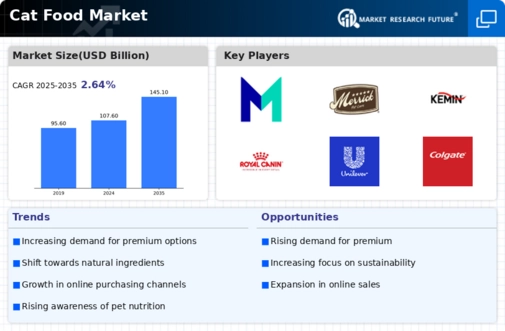
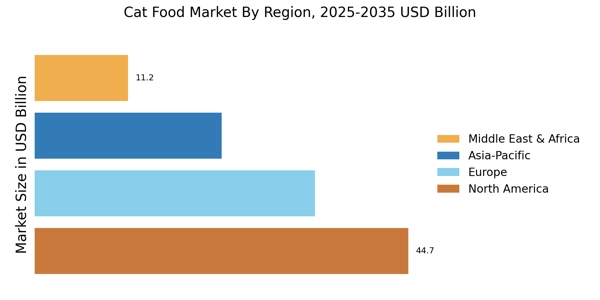
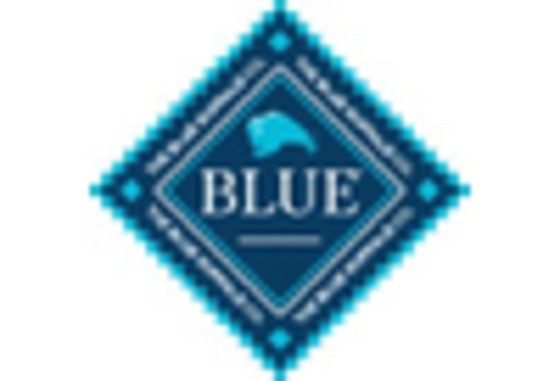
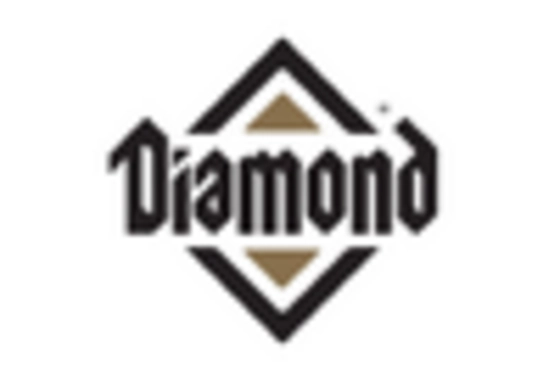
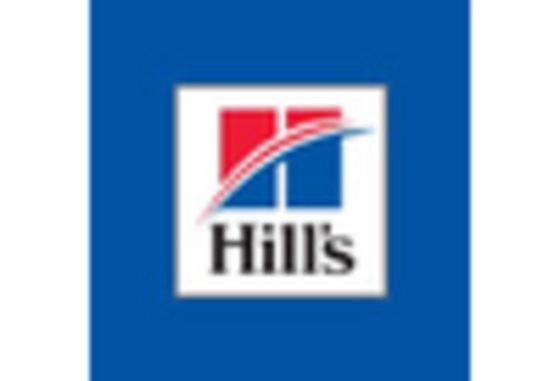
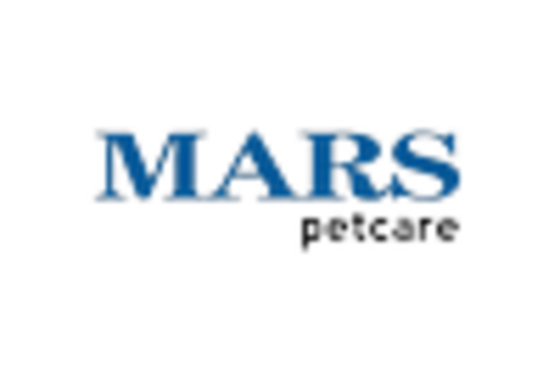
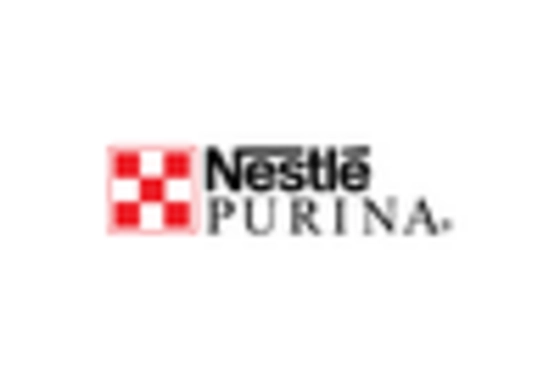
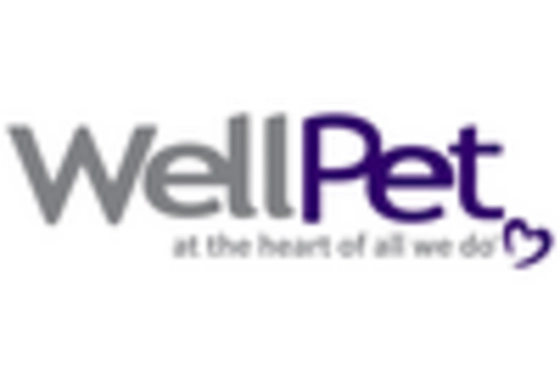








Leave a Comment